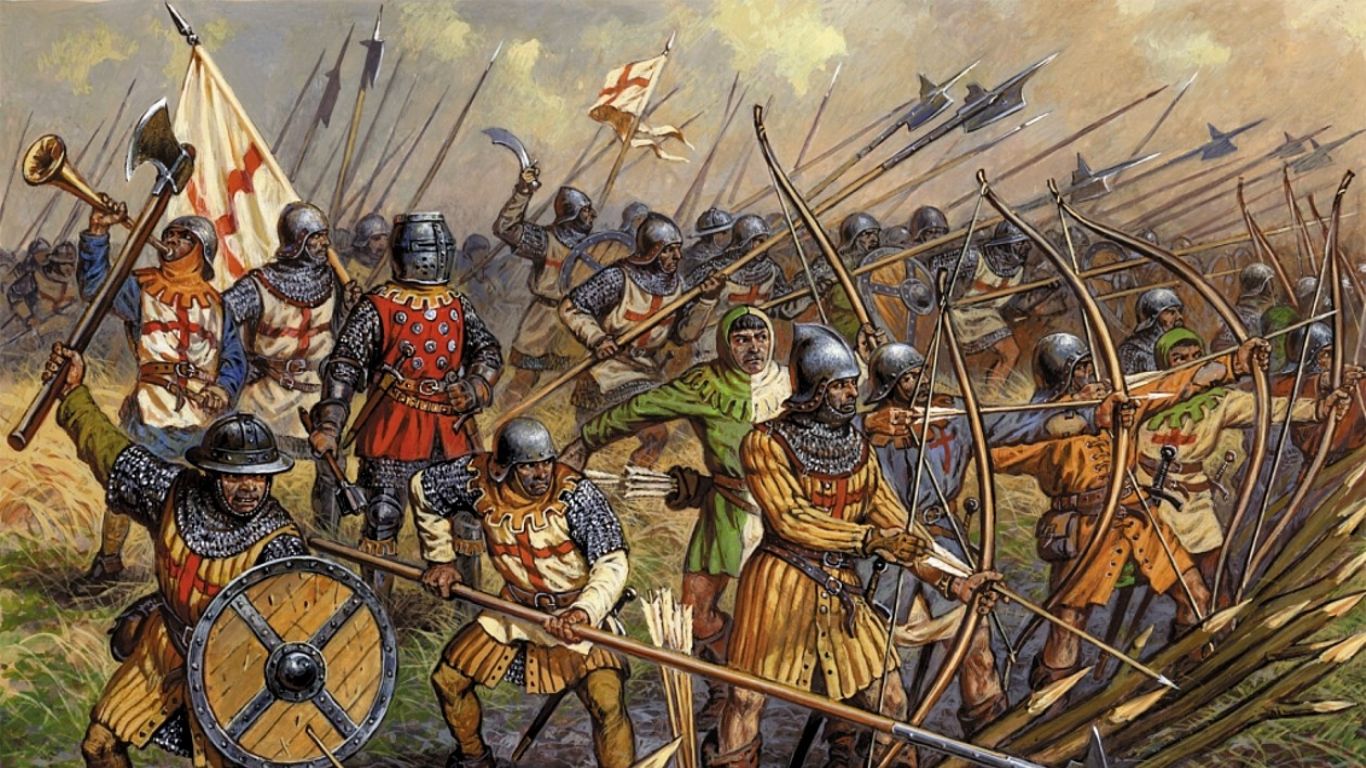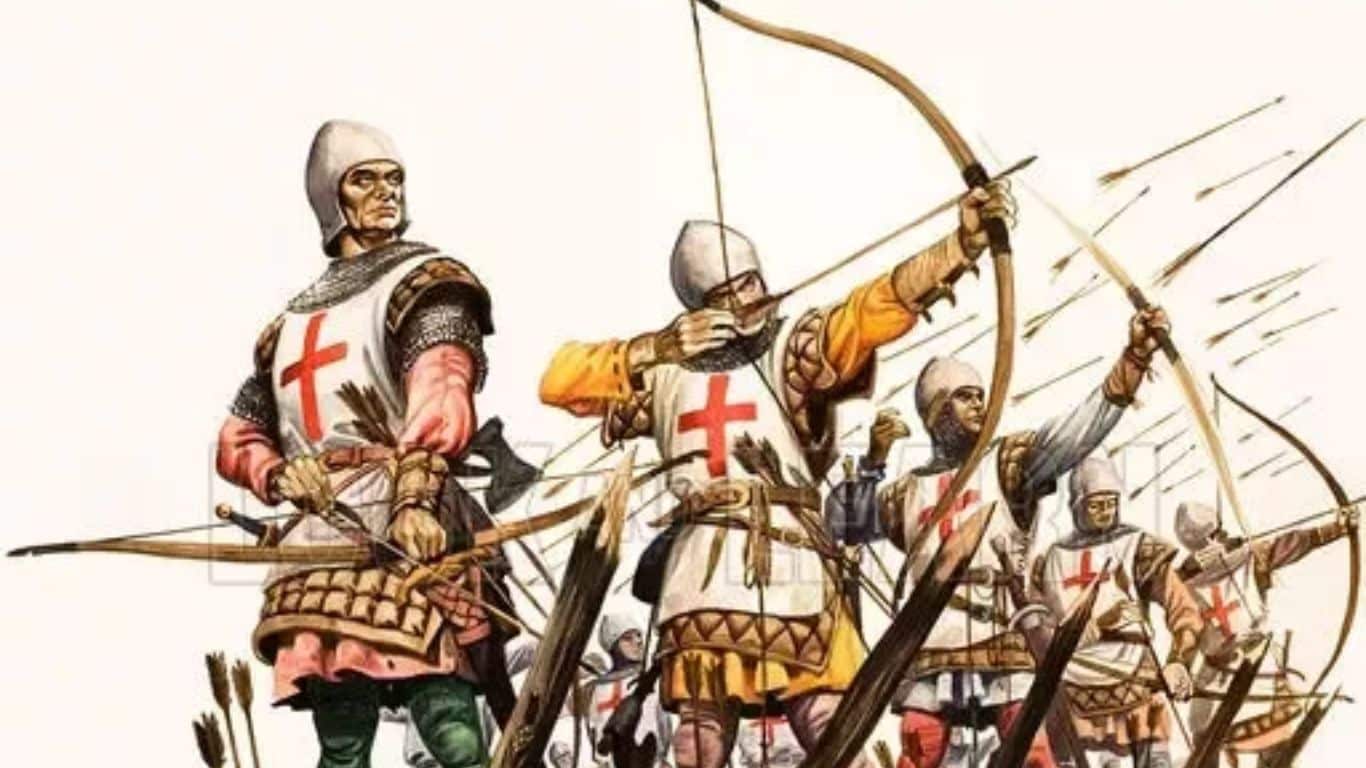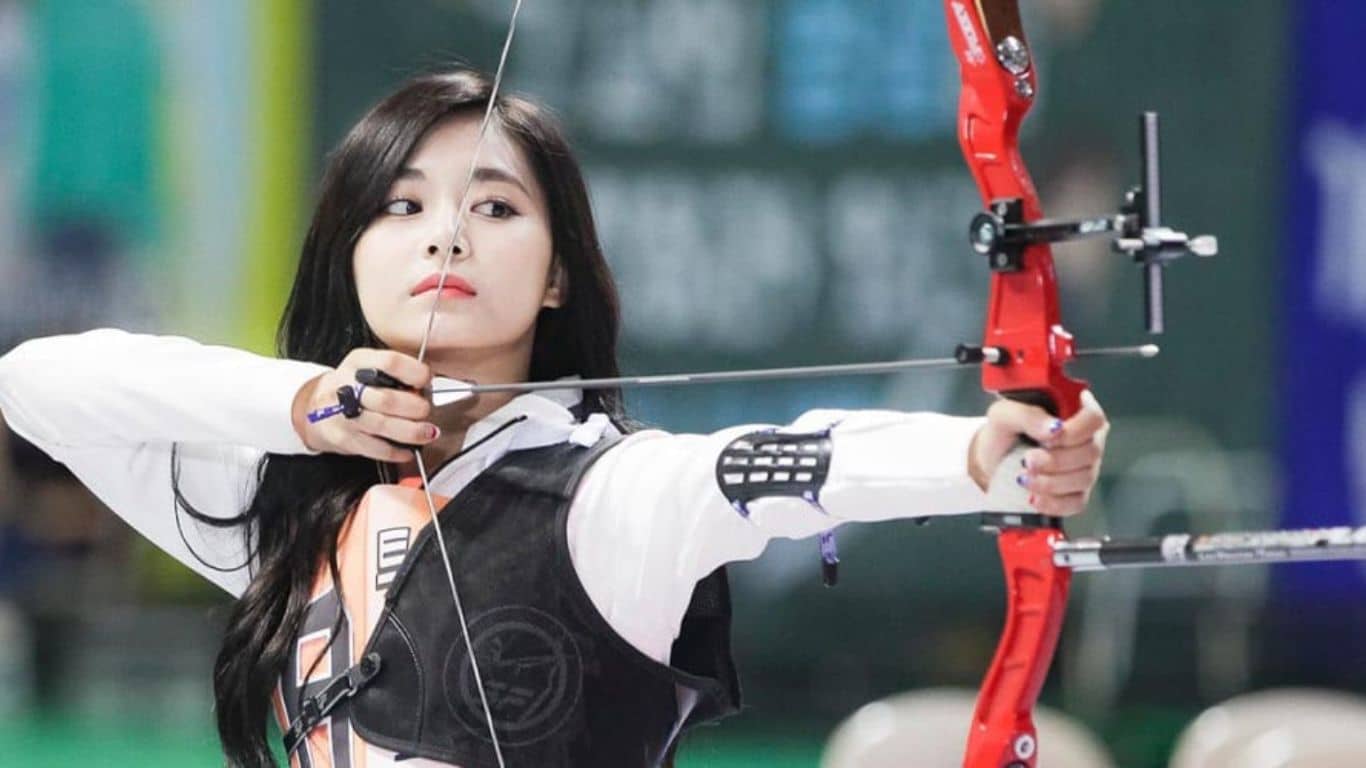The Evolution of Archery: Archery is one of the oldest sports in the world, dating back to prehistoric times. From its humble beginnings as a tool for hunting and warfare, archery has evolved into a modern-day sport that is enjoyed by millions of people worldwide. Archery has played an important role in human history, from ancient civilizations to medieval times and beyond. In this article, we will explore the evolution of archery, from its earliest beginnings to its current form as a competitive sport. We will delve into the different styles of archery that have developed over time, the role of archery in warfare, and the impact of archery on modern-day society. Join us as we take a journey through time to discover the fascinating history of archery, the world’s oldest sport.
The Evolution of Archery: A Brief History of the World’s Oldest Sport
Prehistoric Archery
Prehistoric archery refers to the earliest known use of bows and arrows, which dates back to the late Paleolithic period, around 10,000 BCE. The first bows were made from wood and animal sinews, while arrows were crafted from wood and tipped with stone, bone, or flint.
Archery was primarily used for hunting during this time, as it allowed early humans to take down large game from a safe distance. Additionally, archery was also used in warfare, as seen in cave paintings and ancient art that depict archers in battle.
As the technique of archery developed, so did the design of the bow and arrow. Bows became more sophisticated, with the addition of recurve limbs, which allowed for a more powerful and accurate shot. Arrows were also improved, with the addition of feathers for stability and greater distance.
Prehistoric archery laid the foundation for the development of archery as a sport and a tool for warfare, and its impact can still be seen in modern-day archery equipment and techniques.

Archery in Ancient Civilizations
Archery played a significant role in many ancient civilizations, including the Egyptians, Greeks, Romans, Chinese, Indians, and Persians.
In ancient Egypt, archery was primarily used for hunting and warfare, with the bow and arrow being a symbol of power and royalty. Egyptian archers were known for their accuracy and were often used as mercenaries in battles.
In ancient Greece, archery was used primarily in warfare, with archers being deployed as a support unit in battle. The Greek city-state of Sparta was particularly famous for its archers, who were trained to shoot from horseback.
The Romans also used archery in warfare, with archers being deployed in large numbers to provide supporting fire. Roman archers were known for their use of the composite bow, which was made from multiple materials and was more powerful than earlier bows.
In ancient China, archery was an important part of military training, with archers being required to pass strict tests before being allowed to serve in the army. Chinese archers were known for their accuracy and were used in both hunting and warfare.
In India, archery was both a sport and a tool for warfare, with archers being highly valued in battle. The Indian bow was a unique design, with a long, curved shape that allowed for a more powerful shot.
Finally, in ancient Persia, archery was a central part of military training, with archers being deployed in large numbers in battles. Persian archers were known for their accuracy and were used to great effect in many battles.
The use of archery in these ancient civilizations helped to further develop the technique and design of bows and arrows, and influenced the role of archery in warfare and sport for centuries to come.

Medieval Archery
Medieval archery is best known for the English longbow and its crucial role in the Hundred Years’ War between England and France during the 14th and 15th centuries. The English longbow was made from yew wood and could shoot an arrow over 250 yards, making it a formidable weapon in battle. The longbow was also relatively easy to make and could be mass-produced, allowing for the creation of large archery units within the English army.
In addition to the longbow, crossbows also gained popularity during the medieval period. Crossbows were easier to use than traditional bows, as they required less strength and training, making them popular among infantry soldiers. However, crossbows were also slower to reload than longbows, making them less effective in open field battles.
Medieval archers were often deployed in large numbers and used to provide supporting fire for other troops. They were also used to protect castles and fortifications, shooting at enemies from elevated positions.
The popularity of archery during the medieval period led to the creation of guilds and societies dedicated to the craft, which helped to further develop the technique and design of bows and arrows. The use of archery in warfare declined with the introduction of firearms, but the legacy of the English longbow and medieval archery techniques continued to influence archery development for centuries to come.

Renaissance Archery
During the Renaissance period, which spanned from the 14th to the 17th centuries, archery continued to be a popular sport and pastime. However, the use of archery in warfare began to decline as firearms became more common.
In Europe, archery became more of a leisure activity for the nobility, with archery contests and tournaments being held for entertainment. The English longbow continued to be a popular weapon, and the bow’s design continued to evolve, with the introduction of the Welsh longbow, which was made from a single piece of wood and had a longer draw length than the English longbow.
In Asia, particularly in Japan, archery remained an important part of military training and culture. Samurai warriors were required to train in archery, with the bow being considered one of the essential tools of a warrior. Japanese archers were known for their use of the yumi bow, a long bow made from bamboo and wood.
The Renaissance period also saw the development of new archery equipment, including the introduction of the crossbow pistol, a smaller, handheld version of the crossbow. This made the crossbow more versatile and easier to use in close combat.
Archery in the Modern Era
In the modern era, archery has continued to evolve as both a sport and a recreational activity. The development of new materials and technologies has led to the creation of more efficient and accurate bows and arrows.
Archery became an Olympic sport in 1900, and it has been a part of every Olympic Games since then, with events for both men and women. Archery competitions at the Olympics and other international events have helped to promote the sport and increase its popularity worldwide.
One of the most significant developments in modern archery is the introduction of the compound bow in the mid-20th century. Compound bows use a system of pulleys and cables to reduce the amount of force required to draw the bowstring back, making them easier to use and allowing for more accurate shots. Compound bows have become popular in both recreational and competitive archery, and they are commonly used in hunting as well.
Modern archery equipment has also benefited from advancements in materials science, with bows and arrows being made from lightweight, durable materials like carbon fiber and aluminum. This has allowed for the creation of more precise and efficient bows and arrows, with greater range and accuracy.
In addition to the Olympic events, archery competitions are held around the world, including the World Archery Championships and the Archery World Cup. These events feature a variety of disciplines, including recurve and compound archery, as well as team and individual events.
Today, archery continues to be a popular recreational activity, with many people taking up the sport for leisure and relaxation. Archery is also used for hunting, with many states and countries regulating archery hunting seasons and requiring special licenses.

Conclusion
Archery has a rich and diverse history, dating back thousands of years and spanning many different cultures and civilizations. From prehistoric times to the modern era, archery has been used for hunting, warfare, and sport, and it has played an important role in human history.
Throughout the centuries, archery has evolved and developed, with new techniques, equipment, and technologies being introduced to improve accuracy, range, and efficiency. Archery has also remained a popular pastime and recreational activity, with many people enjoying the sport for its mental and physical benefits.
Today, archery continues to be an important sport and cultural activity, with millions of people around the world taking up the bow and arrow for competition, leisure, and hunting. The legacy of archery is a testament to the enduring appeal of this ancient and timeless activity.
Also Read: Love and Lust in Mythology


